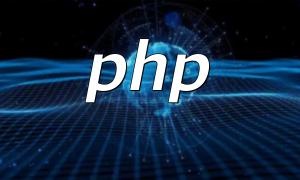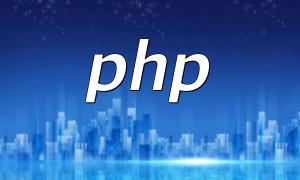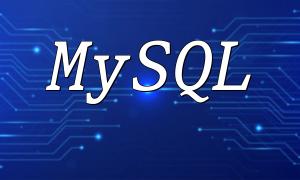In PHP projects, click events are often used to respond to user interactions with page elements, such as clicking a button to submit data or trigger an action. While PHP runs on the server side, we can combine it with front-end JavaScript to implement click events.
First, identify the page element that requires the click event, such as a button or link, and ensure it has a unique ID so it can be easily accessed.
In an HTML page, you can attach a click event listener to the element using JavaScript DOM operations, as shown below:
// Get the element
var element = document.getElementById('myButton');
// Add a click event listener
element.addEventListener('click', myFunction);
Here:
Next, create the event handler function. Example:
function myFunction() {
// Code to execute
alert('Button was clicked!');
}
Here is a full example showing how to bind a click event to a button:
<script>
// Get the element
var element = document.getElementById('myButton');
// Add a click event listener
element.addEventListener('click', myFunction);
// Click event handler
function myFunction() {
alert('Button was clicked!');
}
</script>
By following these steps, you can easily add click events to buttons or links in PHP projects using JavaScript. The main process is: locate the element, bind the listener, and define the handler function.








